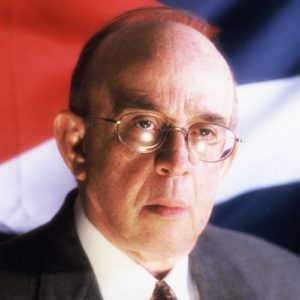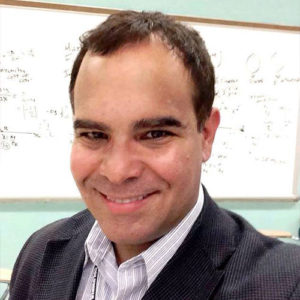A town council (cabildo secular), and by extension a town hall and the area of the council’s jurisdiction – the municipio – which, since it included the surrounding rural area was administratively closer to county in English-speaking countries, although in practice, cabildos tended to concentrate their cares on the cabecera (usually a villa or ciudad), to the neglect of their rural areas. This basic unit of traditional Spanish self-government was introduced into Cuba by Diego Velásquez de Cuéllar. The actual council or ayuntamiento consisted of up to 12 aldermen (regidor), a police cheif (alguacil), and an army officer (alferez real), who together elected each January two alcaldes ordinarios to preside. The council’s judicial and administrative responsibilities embraced public works, sanitation and public health, wage and price regulation, property matters, protection of the Indians, maintenance of law and order, and tax collection. During the 18th century the cabildos lost many of their functions to the central government. The Constitution of 1812 restored their powers, but from the 1850s Cuba’s captains general retuned to the practice of filling vacancies by nomination. The Peace of Zanjón restored the right of Cubans to elect the regidores.

CHECK MATE ISRAEL?
* By Jaime Suchlicki As the smoke of Hamas’ unprovoked brutal attack against Israel on October 7 begins to dissipate, a new







